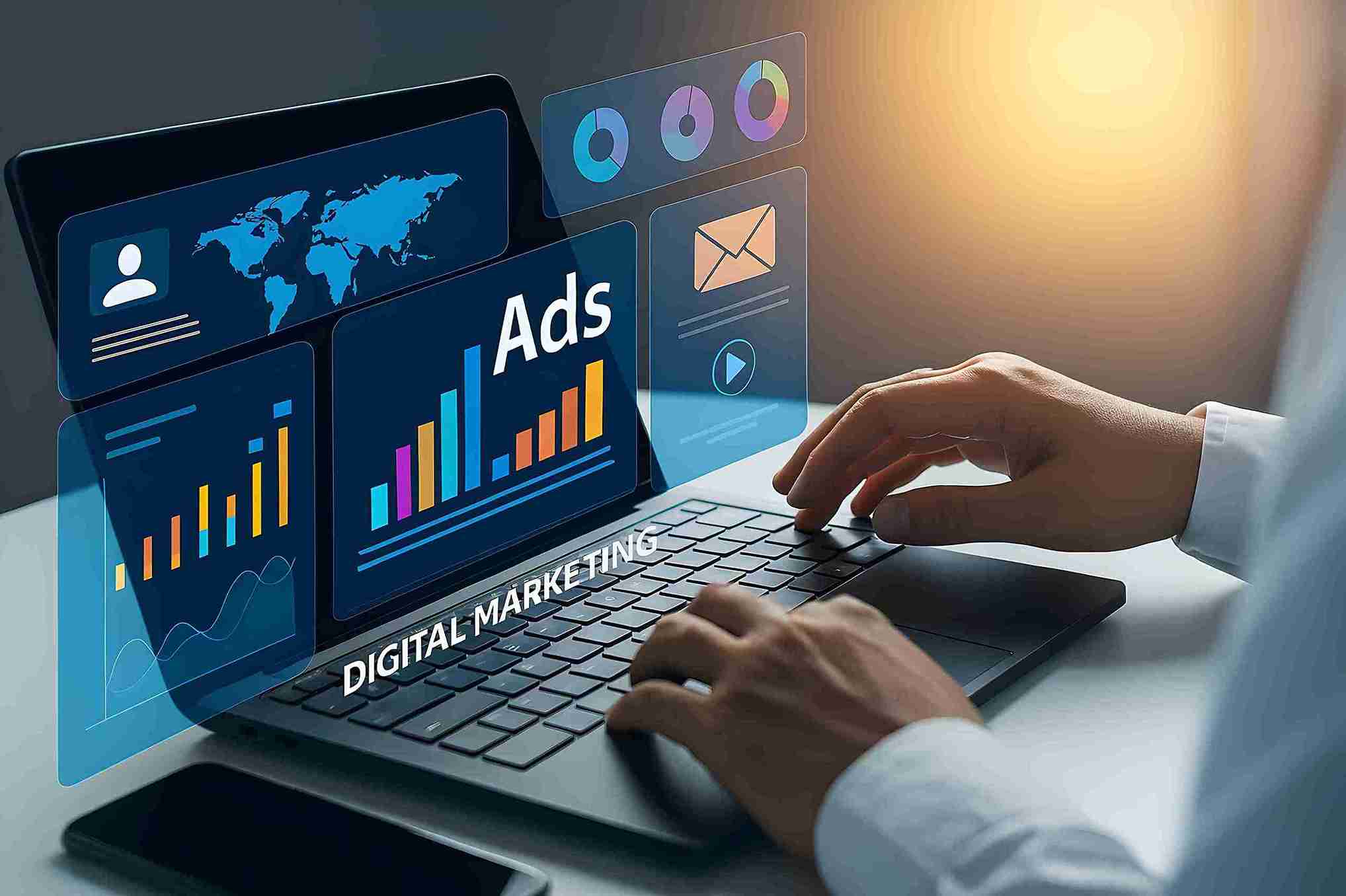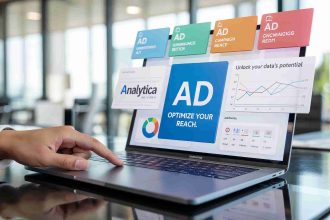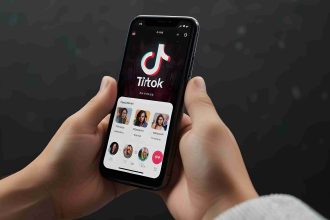Figuring out how to start advertising a small business may seem challenging, but every successful brand begins with simple, strategic steps. The good news is you don’t need a large budget or advanced marketing expertise to make an impact.
With the right approach, platforms, and tools, your business can reach the right audience, build visibility, and grow faster than you might expect.
1. Set Clear Advertising Goals
Before you begin, decide what you want your advertising to achieve. Clear goals guide your choices, including message, platform, and budget. When learning how to start advertising a small business, many owners forget this step, but it is the foundation for success.
Common advertising goals include the following.
- Increase website traffic
- Gain more store visitors
- Grow social media engagement
- Promote a new product or service
- Build brand awareness in a specific location
Choose one or two main goals to start. Goals keep your focus clear and make it easier to measure progress.
2. Understand Your Target Audience
The next step in how to start advertising a small business is identifying who your ideal customers are. Advertising is most effective when your message is directed to the right people. Think about the customers who are most likely to buy from you.
Consider the following when defining your audience.
- Age range, gender, and location
- Interests, lifestyle, and hobbies
- Needs and pain points your product solves
- Where they spend time, both online and offline
When you understand your audience, you can create messages that speak to them directly, use platforms they prefer, and tailor your offers to their needs.
3. Select Suitable Advertising Platforms

There are many ways to advertise a small business, and not all platforms will suit every brand. When choosing channels, consider your goals, audience, and available budget. Here are the most effective options for beginners:
A. Social Media Advertising
Platforms such as Facebook, Instagram, TikTok, and LinkedIn allow you to reach people based on interests, behaviour, and location. This is one of the most cost effective ways to promote a small business, especially when starting out.
B. Search Engine Advertising
Google Ads allows your business to appear when people search for relevant products or services. This is especially useful for businesses with websites aiming to generate online leads or sales.
C. Email Marketing
Collecting email subscribers lets you send updates, promotions, and reminders. Email is a personal and cost friendly method to build customer loyalty.
D. Local and Community Advertising
If your business depends on the local community, consider community events, local publications, business directories, and partnerships with nearby businesses.
E. Content Marketing
Sharing useful content through blogs, social platforms, or videos builds trust and attracts customers naturally. This approach takes time, but it is powerful for long term brand growth.
4. Create a Realistic Advertising Budget
Budgeting is a key part of learning how to start advertising a small business. In the beginning, you do not need to spend much money. The goal is to start small, learn what works, and then invest more in the channels that bring results.
Useful budgeting guidelines include the following.
- Start with a comfortable monthly amount that you can sustain
- Track spending and results to understand which ads perform best
Adjust and allocate more budget to the most successful platforms
Even a modest budget can deliver strong results if you focus on the right audience and message.
5. Craft Clear and Engaging Messages
Your advertising message should be simple, clear, and focused on customer benefits. Many small business owners make the mistake of trying to sound overly formal or complex. The best advertising speaks directly to the customer and offers a clear reason to act.
Strong advertising messages include the following elements.
- A hook that attracts attention
- A brief explanation of the benefit or offer
- A clear call to action such as Visit our website or shop today
Focus on how your business solves a problem or improves the customer’s life. Avoid long explanations. Customers want clarity and quick understanding.
6. Launch, Monitor and Improve Your Campaigns
Once your ads are live, the real learning begins. Monitoring your results helps you understand what works and what needs improvement.
This is an important part of how to start advertising a small business, because advertising becomes more effective through ongoing refinement.
Track information such as the following.
- Number of views or reach
- Clicks, reactions, or comments
- Sales, leads, or store visits
- Cost compared to results
Use the data to adjust your ads. For example, improve the image, change wording, or target a different audience segment if needed. Small adjustments often create significant improvements.
Helpful Tools for Advertising Beginners

Several tools make the advertising process easier and more efficient, especially for new business owners.
- Google Analytics for tracking website visitors and behaviour
- Facebook and Instagram Insights for understanding social media performance
- Email marketing platforms like Mailchimp or similar services for sending campaigns
- Design tools such as Canva for creating appealing visuals
Using these tools saves time and helps you make decisions based on data, not guesswork.
Tips for Long Term Advertising Success
Once you understand how to start advertising a small business, the next step is maintaining consistent growth. Advertising works best when done continuously. Here are useful tips for lasting success:
- Stay consistent with your marketing presence
- Keep testing and improving your ads
- Combine online and offline advertising for wider reach
- Engage with your audience to build strong relationships
- Keep learning about new platforms and trends
Success in advertising is built through continuous practice, learning, and adaptation.
Conclusion
Learning how to start advertising a small business becomes much easier when you follow a simple and clear process. By setting goals, knowing your audience, choosing suitable platforms, writing strong messages, and reviewing results, you can promote your business effectively.
You do not need a large budget or advanced marketing knowledge. What matters most is consistency, creativity, and a willingness to learn and improve. Begin with small steps, stay focused, and watch your business grow as more people discover and trust your brand.
Read More: How to Start Payroll For A Small Business? Start in 6 Simple Steps!







5 Comments